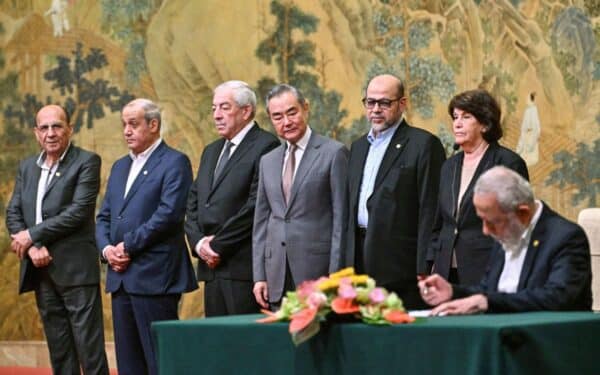There really was no alternative to another subsidy to save mini-making in Oxford. The prospect of a car plant which would be unable to sell its output in its domestic market was just too politically embarrassing. The rule which bars the sale of new petrol cars after 2030 begged for the solution of a government bung to ensure some of the output was electric, and so it has proved.
By recent standards, a £75m contribution from the taxpayer for mini-owner BMW’s £600m upgrade looks like a bargain – although the state contribution is a firm number, while BMW’s might be more, well, flexible. The sums from the state for Tata Motors, makers of Jaguars and Land Rovers are of a different magnitude.
Subsidies for car plants are not always wasted. Nissan extracted generous terms to come to the UK, and the taxpayers’ investment has been repaid many times over. The plant’s success encouraged the company to organise its own solution to the industry’s next problem, the supply of batteries for electric cars, rather than demanding large-scale government assistance.
The figure for JLR has not been disclosed but is widely estimated at £500m, easily the biggest single subsidy the UK government has ever made. Between the mini and Tata’s luxury fleet, the owners’ commitments have stopped the rot in UK car production, which has almost halved in seven years.
However, the underlying problem remains the same – that energy in the UK is far too expensive to allow competitive mass manufacturing. Industrial gas is cheaper than at last year’s peak, but the forward price is still twice the average between 2017 and 2021.
It’s odds-on that the JLR bung, to build a new battery factory, will include subsidised energy to make the sums work, although we are unlikely to see the details. Instead, we were told ad nauseam that wind power was going to be cheap as well as green, but it turns out that we were the greenhorns all along. Power from renewables is not cheap, and is never going to be (or, as one wag put it: cheap, green or reliable – pick any two).
Across Europe, the big carmakers have yet to understand the systemic threat from China. A UBS analysis this week predicts that Europe’s global market share will fall from 81 per cent to 58 per cent by 2030, as Chinese cars, built using cheap electricity generated from burning coal, hit world markets. The European Union is belatedly trying to staunch the flow, with an anti-dumping investigation. The difficulty here is that the Chinese manufacturing costs are so relatively low that they don’t need to dump.
Batteries, and their evolving technology, promise to be quite a battleground. These factories need scale to work efficiently, and governments in Europe and the US are pouring money into building big. With the exception of the JLR plant, the UK has resisted throwing serious money. This could well turn out to be the most sensible industrial policy decision of all. As any student of commodities (which is essentially what battery factories are) will tell you: today’s shortage is tomorrow’s glut.
Listen to the free weekly podcast, A Long Time In Finance, from Jonathan Ford and me, on Spotify and Apple apps.
Write to us with your comments to be considered for publication at letters@reaction.life





